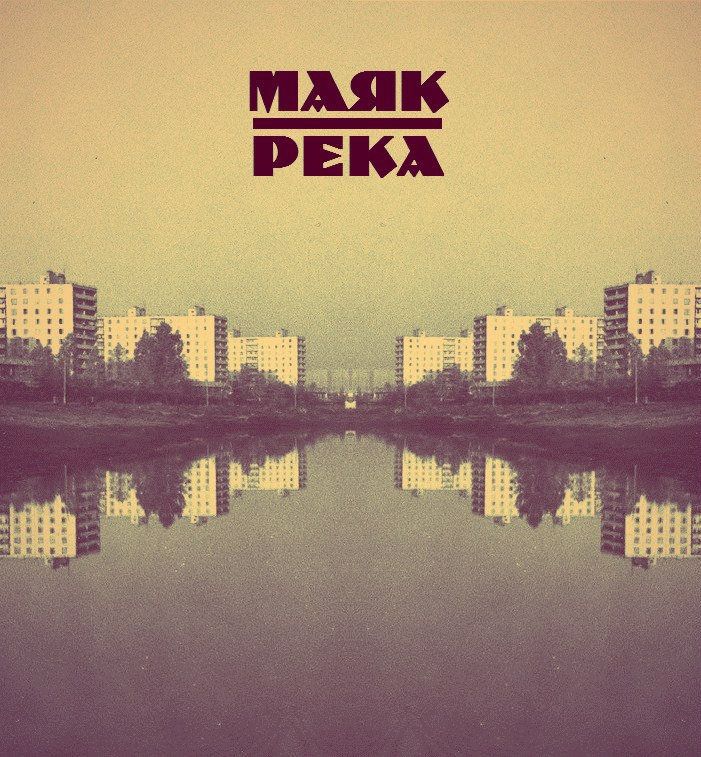Sovietwave is considered to be a subgenre of synthwave and synthpop, and in recent years it has grown into an internet aesthetic. But what exactly does that mean? And why is it so attractive to hundreds of thousands of people worldwide?
Aesthetic
Both ‘vibe’ and ‘aesthetic’ have a wide range of meanings that are often hard to clearly define, let alone translate into other languages. Aesthetics, or the science of perception, is a discipline that has existed since the 18th century, but in recent years a very different meaning of this word has gained prominence. ‘Online aesthetics’ have flooded the internet, mainstream culture, and more hidden subcultures alike.
But what exactly do we mean by online aesthetics? Its various forms of expression can best be understood as a collection of different media, ranging from images to music, texts, or even just colors. Their well-defined aim is to transport the viewer into another world and to evoke a certain mood or emotion. A common feature is that they all embody a kind of romantic longing, but their ‘cultural’ backgrounds can be immensely diverse. Their sources can be traced back to real historical periods, fictional worlds, musical genres, or even to the image of a particular social class. And often to a mix of the above, as in the case of Sovietwave.

Nostalgia
It is safe to say that most aesthetics can be linked in some way to the past. Even if they draw their inspiration from a fictional world, they often resemble some kind of supposedly attractive arrangement that once existed. It follows that their most powerful tool usually is to evoke nostalgia, even if the recipient is unaware of what he or she is being reminded of. It is no coincidence either that the fans of Sovietwave are mainly people living in today’s post-Soviet countries. These playlists are usually listened to by young people who were born just before the fall of the Soviet Union or who have only experienced its aftermath. Even though they were no longer living under the regime, the culture didn’t change overnight and decades later many children still grew up watching shows like Bolek and Lolek.



Familiar melodies and images evoke a sense of homecoming in the recipient, but at the same time, they offer a form of escapism from an overly stressful or unsatisfactory situation. For many young people today’s world, hallmarked by capitalism, is disillusioning, overly complicated, and impenetrable. By contrast, the ‘old days’ are often envisioned as simpler, and more hopeful. Sovietwave is in this sense the very opposite of synthwave, which in turn evokes a hypercapitalist utopia. As one commentator summed it up: “(...) everything was clear and heroic, like a blue sky with white clouds and immaculate plains”.

A surprising phenomenon, however, is that below certain Sovietwave playlists one often finds comments from people living in countries that were never part of the Eastern Bloc. This phenomenon, when we feel nostalgic for times we never lived through, even has its specific name: anemoia.
How is this possible?
Space Race
The aesthetics of Sovietwave draw primarily from the futuristic vision of the Soviet Union, particularly the Space Race from the late 1950s onward. The 1960s were a period dominated by the idea of space travel which inspired many artists, when countless posters were designed and science-fiction-themed works became extremely popular. Most of the music on the Sovietwave playlists is from the eighties, but these also mainly feed off the atmosphere of the Space Age, where the promise of progress and a better future united people. It is also important to mention the community-building power of internet aesthetics, as many people report meeting like-minded people and experiencing a sense of belonging in the comment sections of these playlists.


Why is Sovietwave able to evoke a sense of nostalgia worldwide? The answer lies in the fact that this genre is not in fact a glorification of the former Soviet Union, but rather a representation of a future that never existed. A fascination with an era defined by hope. A very important characteristic of the different aesthetics is that they draw only on certain parts of their origins, and we can fill in the missing pieces with our own imagination, depending on which part of reality we see missing. Its mood is defined by dreamlike, futuristic qualities and a sense of melancholy. For nostalgia is not only a return to home but also a sadness over the loss of the past we longed for—and the future we hoped for.

As one commentator put it: “Born in 1997, the Soviet Union had been gone for nearly a decade. I didn’t know the Soviet dream or space dreams, this is not my ‘stolen future’, but... but why am I so sad... These simple electronic compositions are literally imbued with the atmosphere of distant and unexplored space and a sense of adventure. Maybe this is my stolen future, the stolen future of all humanity (...)."

Sources: enigma-online, aesthetics.fandom, historiumblog, itsnicethat, majak.bandcamp, flashback, deviantart

Can Romanian natural gas make Europe less dependent on Russia?











